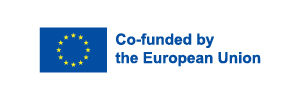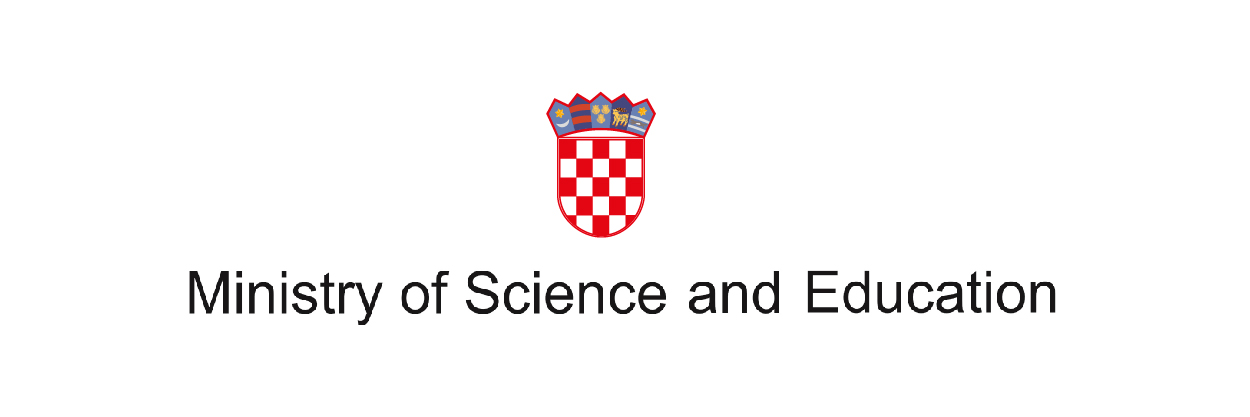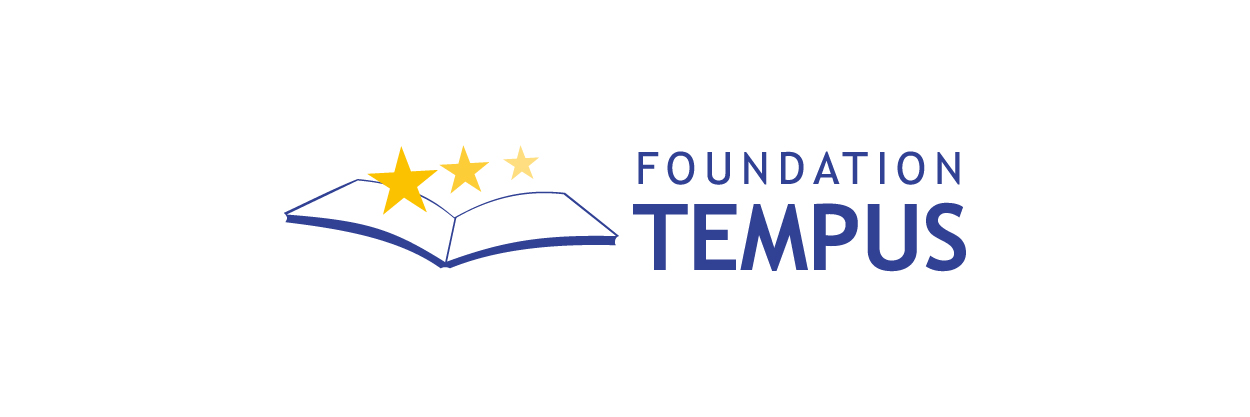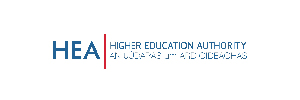Recommendations
Summary of recommendations
The landscape of higher education teachers’ performance - Final report of PROFFORMANCE benchmarking survey
The PROFFORMANCE consortium (profformance.eu) published the final report of the benchmarking survey conducted in November 2020 among 156 higher education institutions of its 6 partner countries (Austria, Czech Republic, Croatia, Georgia, Hungary, Serbia). The aim of the survey was to map institutional approaches to the quality enhancement and support of teaching and learning, regarding assessment systems, staff development and teacher training practices. The survey aimed to search for and identify good examples, best practices and lessons to be learned.
At the end lessons learnt and a set of recommendations have been elaborated by László Horváth (Eötvös Loránd University, Budapest, Hungary).
Here you may find a summary of the recommendations.
Teaching and Learning Strategy
- Create a teaching and learning strategy.
- Create an Academic Path Model building on teacher competencies, embedding it to the teaching and learning strategy.
- Adopt a specific teaching and learning approach and provide staff development, embedding the approach to the teaching and learning strategy.
- Adopt a staff development framework in line with the teaching and learning strategy and provide training for academic staff regarding this framework.
Strategic alignment:
- Introduce and link the new performance management system as a new quality assurance tool to foster the implementation of the Bologna tool and help realise intended learning outcomes.
- Link different HR functions (e.g. entry, promotion, professional development) together with a common framework stemming from the teaching and learning strategy. Use the same indicators (with different focus and extent) in entry, promotion, professional development and termination of employment decisions. Link performance management with professional development more explicitly and closely.
- Provide incentives and raise awareness of the thematic supplementary issues following European policy initiatives.
Student involvement:
- Continue to involve students and focus on removing barriers of participation regarding the enhancement of teaching and learning.
- Create a culture of "listening" by involving student voices into strategic issues regarding teaching and learning.
- Strengthen formal ways of evidence-based decision- making but also allow for opportunities to gather evidence from informal ways (e.g. open forums).
Performance management system specifications:
- Consider that HEIs do not usually follow a high-fidelity approach in policy implementation and offer such a highly customizable performance management system for HEIs that respects the professional autonomy and national characteristics of the institutions and allows for a flexible adaptation.
- Consider building the performance management systems by offering different (compulsory and supplementary) thematic areas as modules that can be freely combined and tailored to institutional needs.
- Consider setting up measurement points not only at the end of the academic year but during the semester as well, providing opportunities for feedback regarding the results of performance management to utilize formative-like assessment opportunities and allow for correction during the semester.
- Consider using multiple methods (e.g. surveys, interviews, observations) and multiple sources (students, evaluated person, peers, management etc.) of information without providing too much constraint. A matrix of themes, tools and stakeholders can be envisioned among which institutions can freely combine elements and build their own performance management system.
- Focus on the support of teachers and students as well regarding a broadly defined range of diversity issues that are relevant to their institutions (language support, disability/special needs, gender, international students, refugees etc.).
Implementation:
- Set up a formalised structure and processes regarding staff development e.g. in a form of a Centre for Teaching and Learning. Make this new unit responsible for staff development and performance management and related HR decisions, therefore providing strategic importance and embeddedness in existing regulations.
- Ensure transparent communication regarding the processes, goals and consequences of the performance management.
- Consider making staff development a requirement at the HEI (or at least the faculty) level.
- Take into consideration the characteristics of different national, institutional systems (e.g. different organisation of education).
Support:
- Provide support for teachers and students regarding teaching and learning issues.
- Ensure the engagement and buy-in of stakeholders.
- Provide time and resources for the implementation and realisation of the new performance management system at national and institutional levels as well.
- Provide incentives for stakeholders to participate and benefit from participating in performance management and staff development.

















